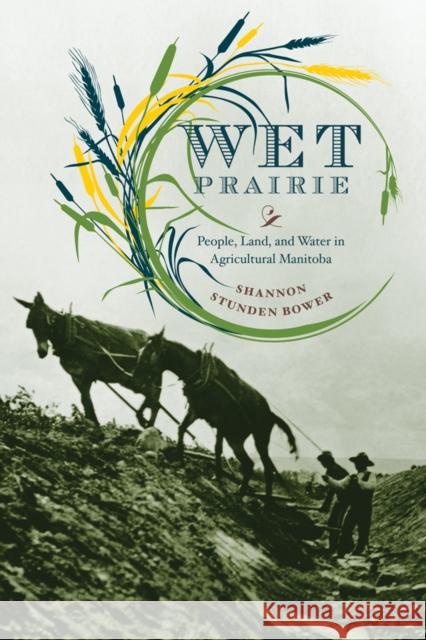Wet Prairie: People, Land, and Water in Agricultural Manitoba » książka
Wet Prairie: People, Land, and Water in Agricultural Manitoba
ISBN-13: 9780774818537 / Angielski / Miękka / 2012 / 264 str.
Wet Prairie: People, Land, and Water in Agricultural Manitoba
ISBN-13: 9780774818537 / Angielski / Miękka / 2012 / 264 str.
(netto: 138,46 VAT: 5%)
Najniższa cena z 30 dni: 144,78
ok. 30 dni roboczych
Dostawa w 2026 r.
Darmowa dostawa!
The Canadian prairies are often envisioned as dry, windswept fields; however, much of southern Manitoba is not arid plain but wet prairie, poorly drained land subject to frequent flooding.Wet Prairie brings to light the problems and complexities of surface water management in Manitoba, from early efforts to drain the landscape to late-twentieth-century attempts to establish watershed management. Irregular water-flow patterns challenged the checkerboard landscape of the 1872 federal Dominion Lands Act, and homesteaders found their agricultural ambitions at odds with local environmental realities. Thus, in keeping with liberal principles, the provincial government undertook substantial drainage efforts. Flooding and drainage became the subjects of intense and persistent debate among provincial officials, drainage experts, and Manitoba residents. New alliances and rivalries emerged amid shifting social, political, and environmental contexts, affecting how Manitobans related to each other and to the provincial state. All of this has had enduring consequences for both the landscapes and people of the wet prairie.This account of an overlooked aspect of Prairie environmental history traces how the biophysical nature of southern Manitoba was an important factor in the formation of Manitoba society and the provincial state.











